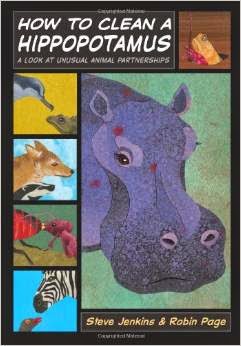Lucy Carlyle's supervisor in her small town is of questionable competence, and she leaves for London after a terrible incident. There are many psychic detection agencies in London, including the two largest, oldest, and most famous -- The Fittes Agency and the Rotwell Agency. Neither hire her. She does get hired by Lockwood & Co., becoming their third member. (The last one died.) There are no adult supervisors at Lockwood & Co., just Anthony Lockwood (who has impressive Sight), George Cubbins (who has great research skills), and Lucy (who can Hear and Sense better than either of them). The agency is in dire straights after Lucy burns down a haunted house (and acquires a murder mystery), so they can't really turn down the next -- very generous -- offer. There's more to the case than meets the eye, however, and more than ghosts to fear.
I enjoy a good horror book. This one, unlike most middle grade horror, occasionally spooked me. I can't put a finger on why. Maybe it was because I was listening to it instead of reading it myself. Probably it was because it was just downright creepy.
Located in the children's area, this book would work well for teens as well as middle graders.
A word of warning -- these books come out in the U.K. before they come out here in the USA. You may find yourself in for a frustrating wait as new books are announced.
--Diane Brown







